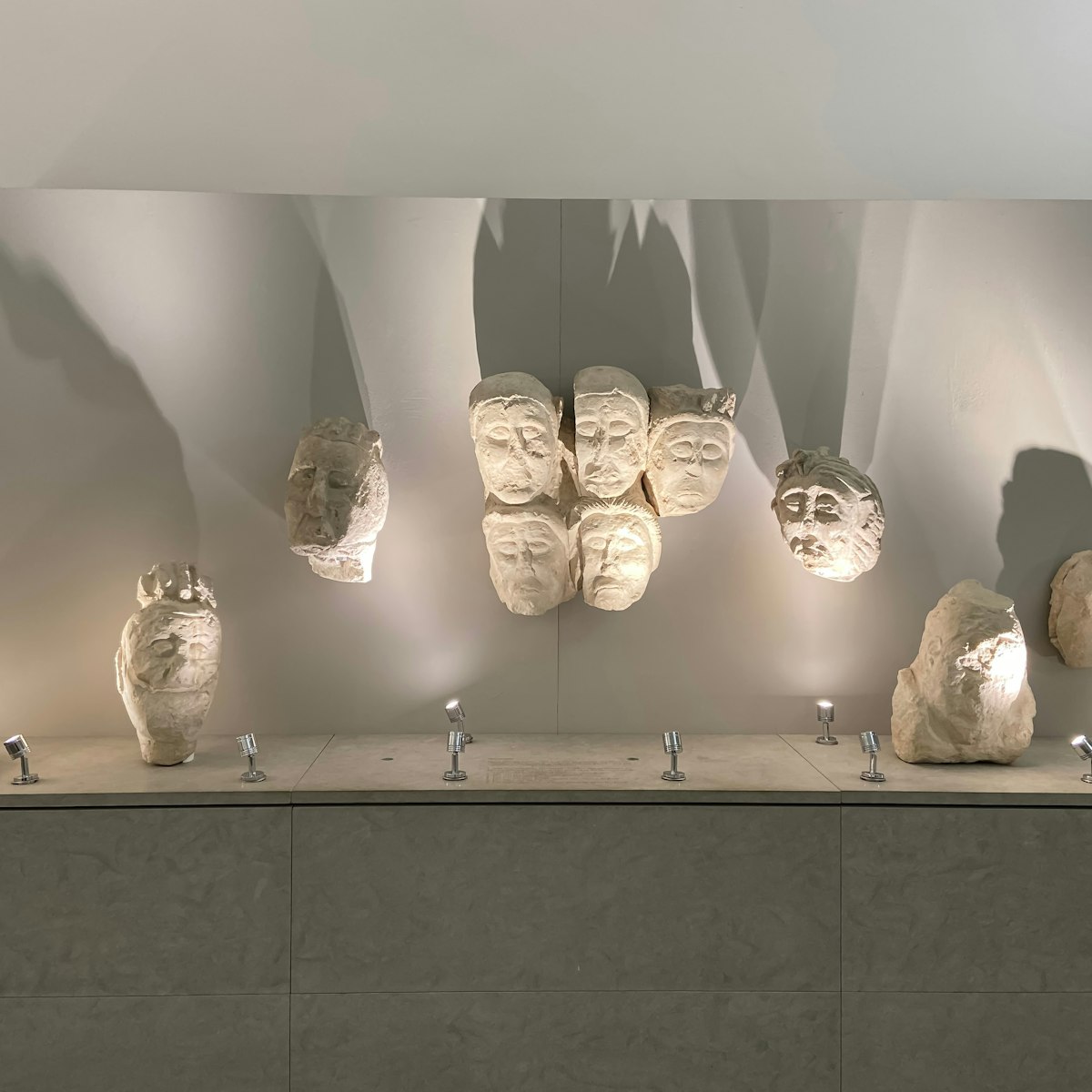
Aix-en-Provence
Aix established one of France's first public museums here, on the site of a former Hospitallers' priory, in 1838. Nearly 200 years of acquisitions …

Aix-en-Provence
Aix established one of France's first public museums here, on the site of a former Hospitallers' priory, in 1838. Nearly 200 years of acquisitions …
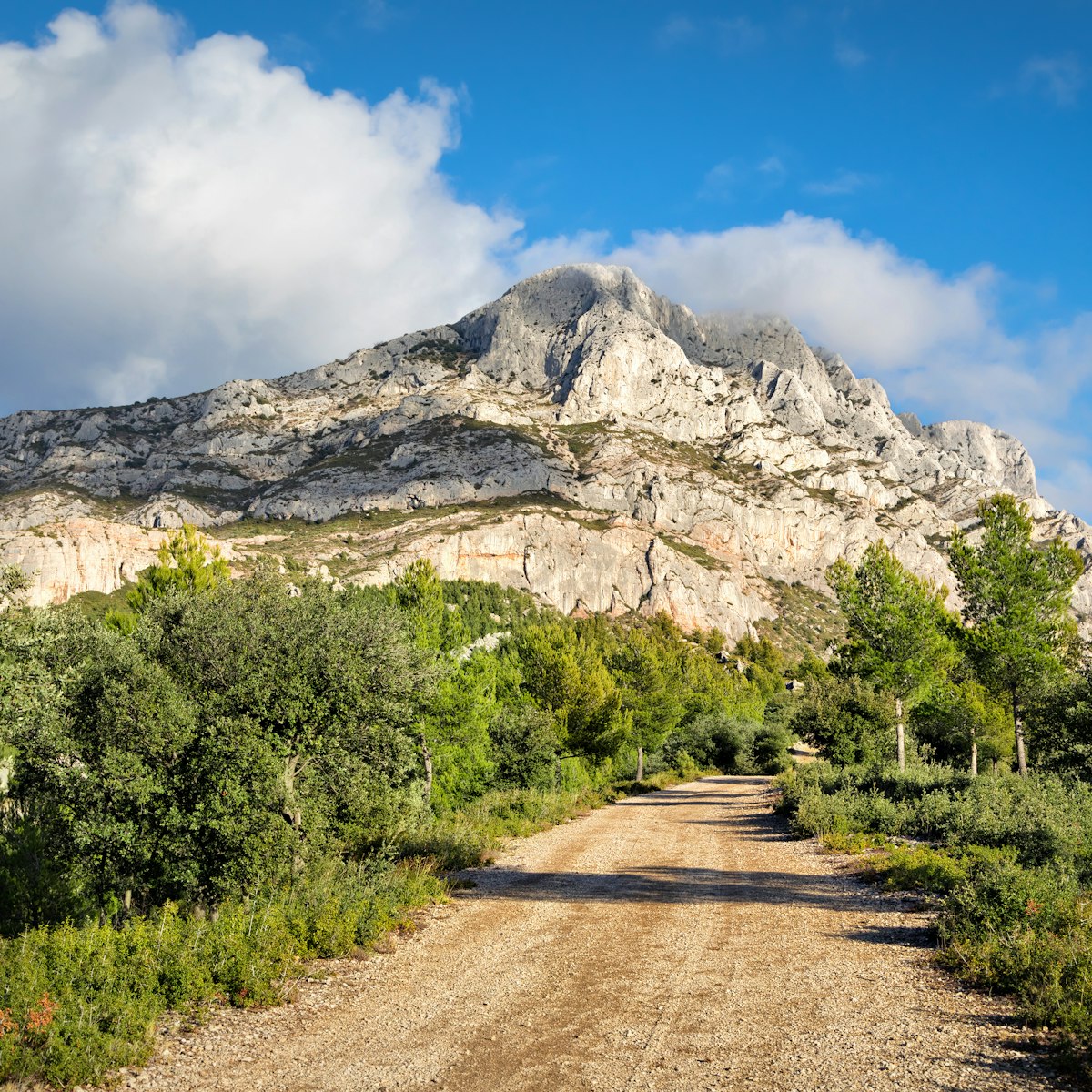
Pays d’Aix
East of Aix rises Cézanne’s favourite haunt, the magnificent silvery ridge of Montagne Ste-Victoire, its dry slopes carpeted in garrigue (scented scrub),…
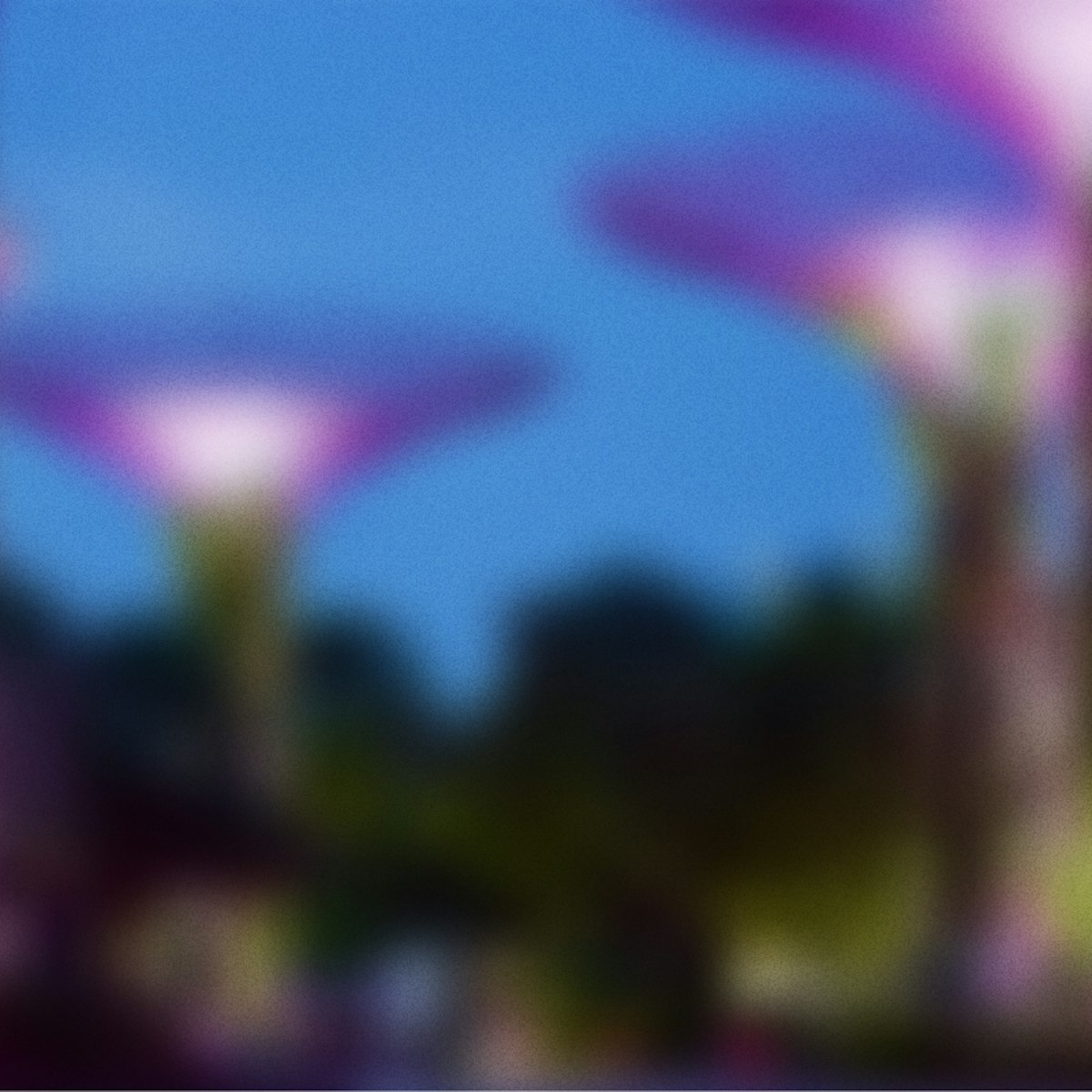
Aix-en-Provence
The Caumont is a stellar art space housed inside the Mazarin quarter’s grandest 18th-century hôtel particulier (mansion). While there are three quality…

Pays d’Aix
The vine-clad slopes, woods and and olive groves of this Provençal estate are graced by harmonious examples of art and architecture, including work by…
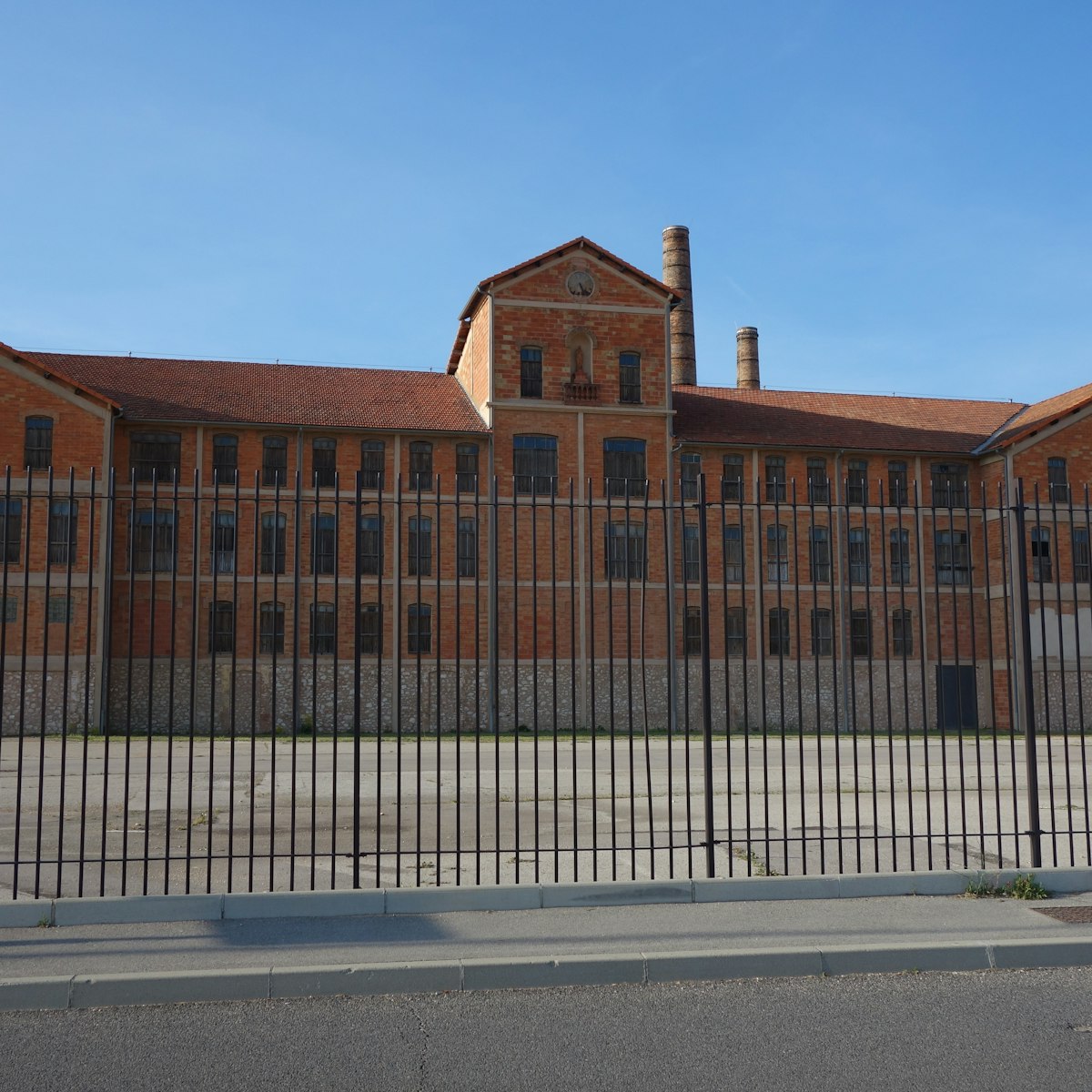
Aix-en-Provence
Eight kilometres southwest of Aix is the town of Les Milles, where this imposing factory produced bricks and tiles from 1882 until 31 August 1939, when it…
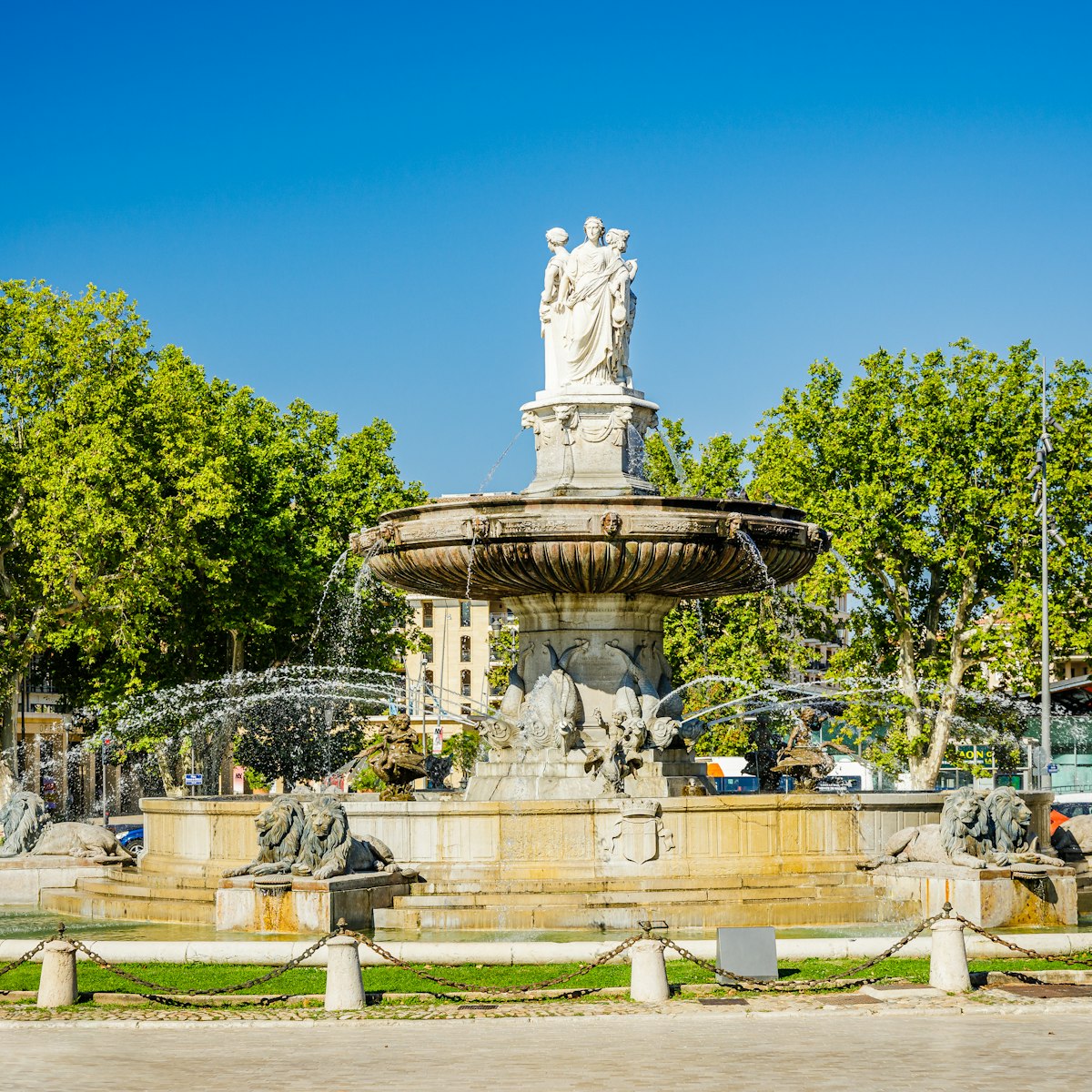
Aix-en-Provence
Built in 1860 as the centrepiece to the place de la Rotonde, the roundabout at the western edge of Cours Mireabeau, this magnificent fountain is adorned…

Aix-en-Provence
No streetscape better epitomises Provence’s most graceful city than this 440m-long, fountain-studded street, sprinkled with Renaissance hôtels…

Aix-en-Provence
One of Aix' great charms is its historical centre: ramble through it, drinking in divine streetscapes as you choose which historical, cultural or culinary…

Pays d’Aix
Wine has been grown here for longer than history records, and this vineyard still produces 80% of the wine bearing the Palette AOC. Vines surrounding the…

Aix-en-Provence
This gallery, 4km west of the city, was designed by Hungarian optical-art innovator Victor Vasarely (1906–97). An architectural masterpiece, it has 16…

Pays d’Aix
Make an appointment at this organic estate to taste esteemed reds and rosés, made from grenache, syrah and cinsault (the 2016 rose is apparently…

Pays d’Aix
The arches of the three-tiered Aqueduc de Roquefavour reach 83m in height, making it the world’s largest stone aqueduct. Three hundred and seventy-five…

Aix-en-Provence
In 1895 Cézanne rented a cabanon (cabin) at the Carrières de Bibemus, east of Aix, where he painted 27 works. Atmospheric one-hour tours of the ochre…

Aix-en-Provence
Cézanne’s last studio, where he worked from 1902 until his death four years later, has been painstakingly preserved. Some elements have been recreated:…

Aix-en-Provence
Built between 1285 and 1350 in a potpourri of styles, this cathedral includes a Romanesque 12th-century nave in its southern aisle, chapels from the 14th…

Pays d’Aix
A stunning Pays d'Aix photo opportunity framed by Montagne Ste-Victoire, this 13th-century château is the final resting place of Pablo Picasso. Owned and…

Pays d’Aix
One of the oldest and largest fortified palaces in Provence, the Château de l'Empéri has roots in the 9th-century, though it grew to its current immensity…

Aix-en-Provence
This 13th-century Gothic church in Aix’s Quartier Mazarin, built as a fortified place of worship by the Knights Hospitaller, was the first of its kind in…

Aix-en-Provence
In 1859 Cézanne’s father bought Le Jas de Bouffan, an 18th-century country manor west of Aix where Cézanne painted furiously, producing 36 oils and 17…

Pays d’Aix
Under cultivation since 1930, these vineyards are responsible for some of Aix's most beloved rosés. Pey Blanc also makes excellent whites and reds, is…

Pays d’Aix
Built in the 10th century to consolidate land 'reconquered' from the Moors, this ruined castle originally bore the name Ventabren – the village growing…

Pays d’Aix
From the turn of the 20th century until the 1950s, soap was a buoyant business in Salon, making fortunes for manufacturers such as Marius Fabre. Run by…

Pays d’Aix
Michel de Nostredame, popularly known as the prognosticator Nostradamus, lived here from 1547 until his death in 1566. A physician and philosopher, he…

Aix-en-Provence
A wonderful terraced garden perfect for a picnic, from where Cézanne, among others, painted the Montagne Ste-Victoire. The view of the jagged mountain is…

Aix-en-Provence
South of Aix’s centre is the peaceful Parc Jourdan, home to the town’s Boulodrome Municipal, where locals gather beneath plane trees to play pétanque. An…

Pays d’Aix
This handsome church was built between 1344 and 1480 (aside from a brief hiatus when half the town had a touch of the Black Death). Nostradamus' remains…

Aix-en-Provence
Across from the Palace of Justice, this 17th-century church only received its monumental facade in the 19th century, and has an imposing obelisk out the…

Aix-en-Provence
In the centre of cours Mirabeau is this lovely sculpted fountain from 1823, depicting the 15th-century king holding muscat grapes (which he reputedly…

Aix-en-Provence
Dating to 1667, this small fountain, the first along the Cours Mirabeau, is fed by 18ºC spring water that encourages the diversity of greenery with which…

Pays d’Aix
This tiny, 9-hectare winery manages to cultivate 25 different grape varieties, many ancient and rare, producing highly respected, AOC-protected whites,…

Aix-en-Provence
This especially charming square in the Quartier Mazarin has a baroque fountain (1667) with water-spouting dolphins.

Pays d’Aix
Famed for its rosé, Château de la Gaude is graced by a delightful formal garden and listed 18th-century château.

Aix-en-Provence
This elegantly vaulted baroque chapel was originally part of a 17th-century monastery.